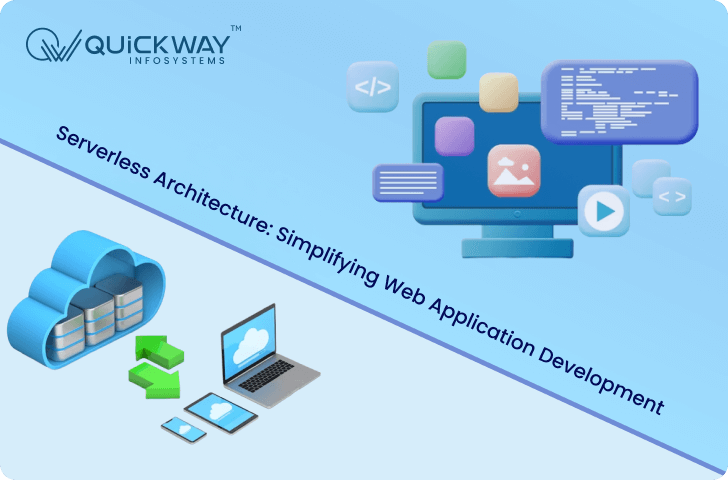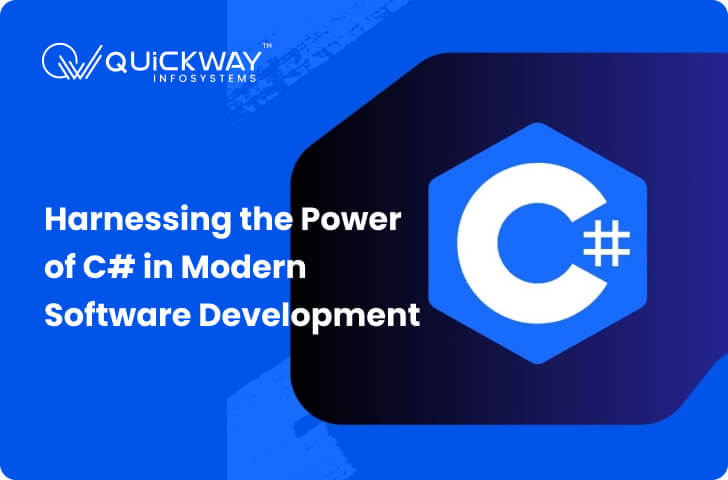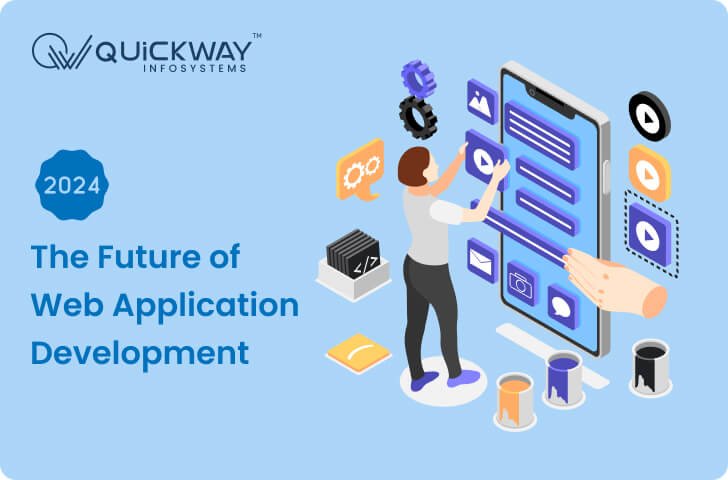Embracing a paradigm shift in cloud computing, serverless architecture has emerged as a prominent choice for crafting highly scalable and cost-efficient web applications. This comprehensive guide delves into the world of serverless architecture, offering a detailed exploration of its essence, advantages, versatile applications, and its interplay with the realm of microservices.
Demystifying Serverless Computing
Serverless computing represents a cloud computing paradigm that liberates developers from the complexities of managing underlying infrastructure. In this dynamic realm, developers concentrate their efforts on coding for specific functions or services, while the cloud provider takes on the responsibility of automatically provisioning and scaling servers to cater to fluctuating workloads. Billing in a serverless environment is driven by actual resource consumption, rather than the traditional model of pre-provisioned servers.
What is Serverless Architecture?
Serverless architecture transcends the boundaries of serverless computing by encompassing the entire application stack. It entails the construction of applications through a judicious blend of managed cloud services, spanning various facets like computation, data storage, databases, and event handling. Within this architectural paradigm, you harness these managed services to seamlessly address diverse aspects of your application, substantially reducing or even obviating the need for manual infrastructure configuration.
Ready to kick start your new project? Get a free quote today.
Key components of serverless architecture typically include:
- Compute: Serverless functions or compute services, like AWS Lambda or Azure Functions, execute code in response to events or requests.
- API Gateway: Services like AWS API Gateway or Azure API Management act as entry points for handling HTTP requests and routing them to serverless functions.
- Data Storage: Managed databases like AWS DynamoDB or Azure Cosmos DB store and retrieve data, often in a serverless fashion.
- Event Processing: Services for managing events and messaging, such as AWS SNS/SQS or Azure Event Grid, enable asynchronous communication and event-driven architectures.
- File Storage: Object storage services like AWS S3 or Azure Blob Storage store files and large data objects.
- Authentication and Authorization: Identity services like AWS Cognito or Azure Active Directory provide user authentication and access control.
- Monitoring and Logging: Tools like AWS CloudWatch or Azure Monitor help monitor and troubleshoot serverless applications.
Benefits of Serverless Architecture
1 . Cost-Efficiency:
- Granular Billing: Serverless architecture’s pay-per-usage model is finely tuned to your application’s actual resource consumption. This means you’re billed only for the computational power and resources your application uses. During periods of low traffic or inactivity, your costs can significantly decrease, as you’re not paying for idle server capacity.
- Reduced Overhead: Unlike traditional infrastructure setups where you must anticipate and provision resources in advance, serverless allows you to allocate resources dynamically. This eliminates the need for overprovisioning to accommodate peak loads, reducing unnecessary costs.
2. Development Velocity:
- Faster Time to Market: Developers can focus primarily on writing code to implement features and functionalities. Serverless platforms abstract away the complexities of server provisioning and maintenance, freeing up valuable development time. This acceleration in development velocity translates to faster time-to-market for your applications.
- Streamlined Operations: Since serverless platforms handle most operational tasks, your development team can channel its efforts toward innovation and feature development, rather than being bogged down by infrastructure management.
3. High Availability:
- Automated Scalability: Serverless platforms inherently come with automated scaling mechanisms. Cloud providers manage the underlying infrastructure and automatically scale resources up or down in response to incoming traffic or events. This ensures your application can seamlessly handle unexpected spikes in usage without manual intervention.
- Built-In Redundancy: Serverless architectures often include built-in redundancy and failover mechanisms. This means that even if individual functions or components fail, the system can continue to operate without significant disruptions. Cloud providers offer robust and geographically distributed infrastructure, enhancing the overall availability and fault tolerance of your applications.
4. Reduced Operational Complexity:
- Maintenance Offload: With serverless, the responsibility for server maintenance, security patches, and system updates is transferred to the cloud provider. This reduces the operational burden on your team, allowing them to focus on writing code and improving the user experience.
- Automatic Scaling: The automated scaling capabilities of serverless platforms eliminate the need for manual capacity planning and scaling. This not only simplifies operations but also ensures that your application can efficiently respond to varying workloads.
What is Serverless Architecture Good For?
Serverless architecture is suitable for a wide range of web application use cases. It excels in scenarios where:
- Variable Workloads: Applications with unpredictable or variable workloads benefit from auto-scaling capabilities.
- Event-Driven Processing: Event-driven applications, such as real-time data processing or IoT applications, can leverage serverless for event handling.
- Prototyping and Rapid Development: Serverless allows for quick prototyping and faster development cycles.
- Cost Optimization: Applications with fluctuating usage patterns can achieve cost savings by scaling down during idle periods.
Serverless Architecture vs. Microservices: Choosing the Right Approach
In the world of modern software development, two buzzworthy terms frequently pop up: Serverless Architecture and Microservices. These approaches offer different ways to build and scale applications, and understanding their differences and similarities is crucial for making informed architectural decisions. Let’s dive into the comparison of Serverless Architecture and Microservices.
>> Serverless Architecture
Definition: Serverless Architecture is a cloud computing model where developers focus on writing code for specific functions or services without dealing with the underlying infrastructure. Cloud providers manage the servers, automatically scaling them as needed.
Key Characteristics:
Granularity: Serverless functions are fine-grained, executing specific tasks or services in response to events or requests.
Scalability: Serverless platforms automatically scale functions in response to incoming events, ensuring optimal resource usage.
Cost Model: You pay only for the actual resource consumption, which can lead to cost savings during idle periods.
Event-Driven: Serverless is well-suited for event-driven architectures where functions respond to events like HTTP requests, database updates, or IoT sensor data.
Pros:
- Rapid Development: Developers can focus on coding, leading to faster development cycles.
- Cost Efficiency: Pay-as-you-go billing can result in cost savings, especially for applications with variable workloads.
- High Availability: Cloud providers manage infrastructure, ensuring high availability and fault tolerance.
Cons:
- Cold Starts: Serverless functions may have cold start delays, impacting latency for infrequently used functions.
- Limited Control: Developers have less control over the underlying infrastructure.
- Complexity: Managing multiple functions and dependencies can become complex.
Ready to kick start your new project? Get a free quote today.
>> Microservices
Definition: Microservices is an architectural style where a large application is broken down into smaller, independently deployable services that communicate via APIs. Each service focuses on a specific business capability.
Key Characteristics:
Service Independence: Microservices are independent, allowing teams to develop, deploy, and scale services separately.
Distributed Systems: Microservices often involve distributed systems, which can be complex to manage.
Scalability: Services can be individually scaled based on their unique requirements.
Development Teams: Microservices align with the organization’s structure, enabling specialized development teams for each service.
Pros:
- Modularity: Services are self-contained, making it easier to maintain and update specific parts of an application.
- Polyglot Architecture: Each service can be developed in different programming languages or technologies.
- Scalability: Individual services can scale independently to handle varying workloads.
Cons:
- Operational Complexity: Managing and orchestrating multiple services can be operationally challenging.
- Deployment Complexity: Coordinating deployments across services requires careful planning.
- Communication Overhead: Inter-service communication can introduce latency and complexity.
Serverless vs. Microservices: A Comparison
Granularity: Serverless is finer-grained, with functions executing specific tasks, while Microservices represent larger, independently deployable services.
Scaling: Serverless automatically scales functions, whereas Microservices require manual scaling of individual services.
Cost Model: Serverless offers granular pay-as-you-go pricing, whereas Microservices costs are typically based on the number of running instances.
Development Speed: Serverless can accelerate development due to minimal infrastructure management, while Microservices require more upfront planning.
Use Cases: Serverless is well-suited for event-driven, small-scale functions, while Microservices are suitable for complex, large-scale applications.
Choosing the Right Approach
The choice between Serverless and Microservices depends on your project’s specific requirements:
- Serverless is great for quickly prototyping, event-driven applications, and cost optimization for sporadic workloads.
- Microservices excel when you need to build large, complex applications with independent services, each managed by specialized teams.
Read Also– Cloud Computing: Advantages and Challenges
In practice, many organizations adopt a hybrid approach, using Serverless functions for specific microservices within a broader Microservices architecture. This allows them to leverage the best of both worlds, benefiting from Serverless scalability and cost efficiency while structuring their application as Microservices for modularity and maintainability. Ultimately, the choice should align with your project’s goals, team expertise, and scalability needs.
At Quickway Infosystems, we understand the nuanced decision-making process when it comes to choosing between Serverless and Microservices. With a proven track record in both domains, we have honed our expertise in Serverless architecture to provide clients with cutting-edge solutions. Our team’s deep understanding of Serverless computing allows us to harness its scalability, cost-efficiency, and rapid development capabilities, ensuring that your projects benefit from the advantages it offers. Whether you opt for a pure Serverless approach or a hybrid strategy, we have the knowledge and experience to guide you towards the best solution that aligns with your project’s goals, ensuring success at every stage of development.



